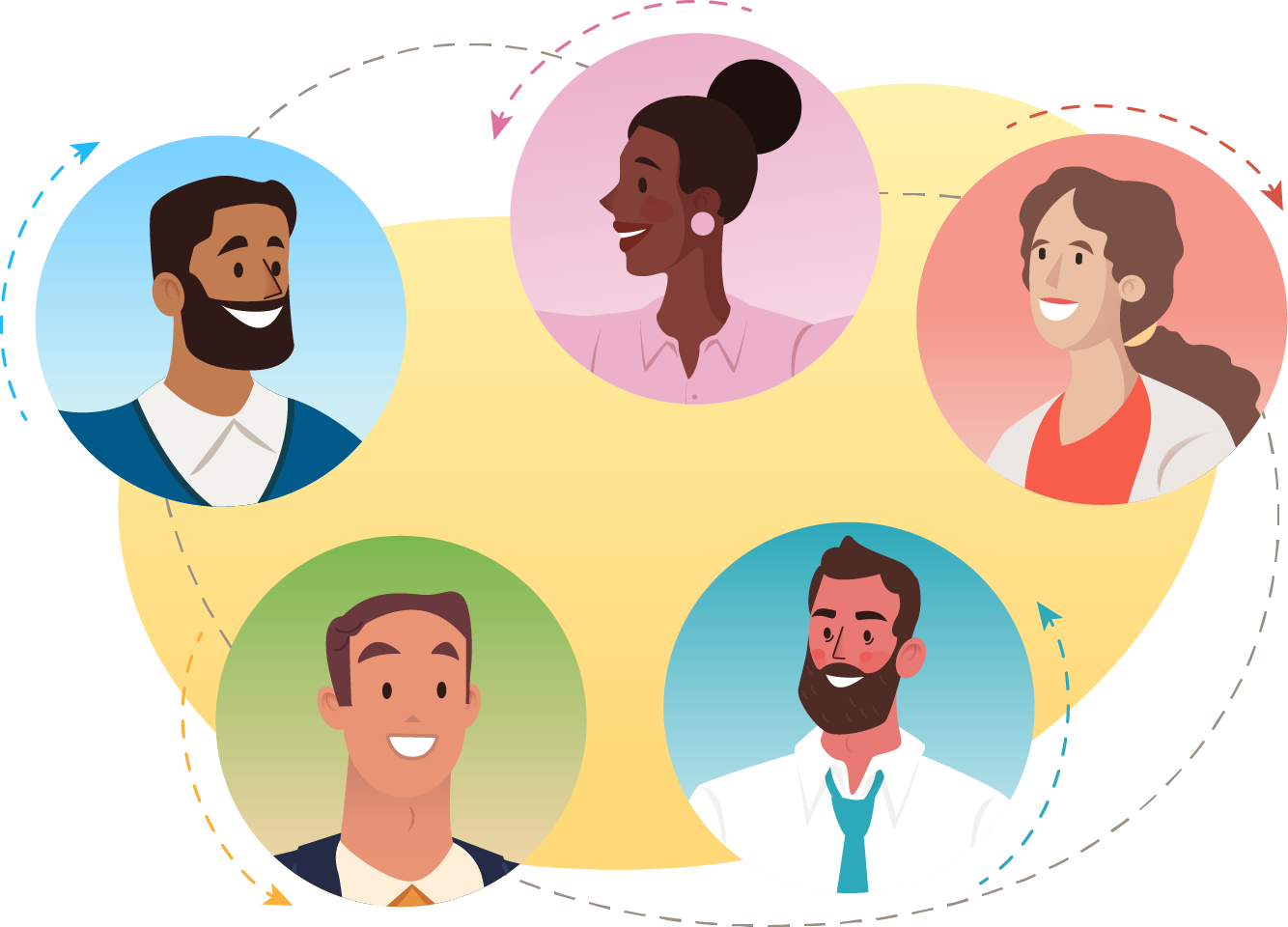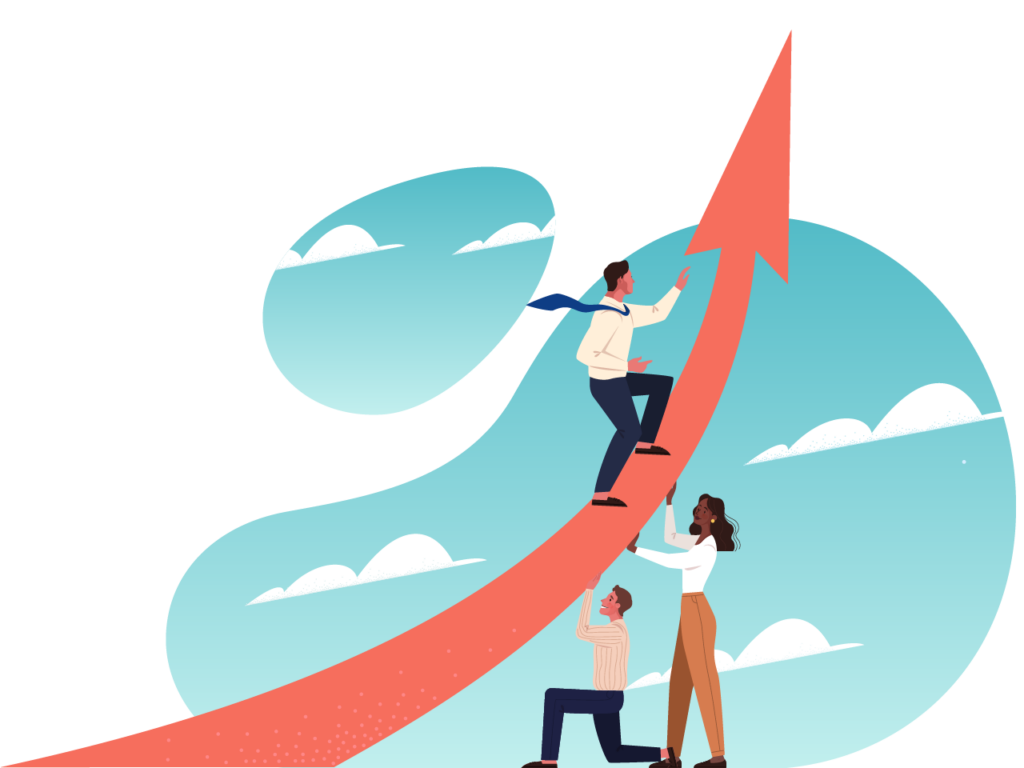Design Enables Digital
Today, whether you are a bank, a restaurant, a retailer, a hotel chain, or a car maker, you are also a digital technology company. The primary touchpoint between you and your customers is likely to be digital. In this context, user-centered design has become a key differentiator in the battle for customers’ hearts and minds.
More and more organizations are investing in their design practices and have stepped up their use of Design Thinking. So, what is the best way to integrate design personnel into your organization?
Each company or organization is different, and dare say – unique. How you decide to organize your design teams will depend on what works best for your company’s goals and its culture.
Three Organizational Models
The key organizational models for integrating user-centered design can be laid out in three ways: centralized, decentralized (aka embedded), or a hybrid of the two. There are advantages and disadvantages for each model which we will share below.
1. Centralized Model
In a centralized team model, designers belong to a single unit and are “farmed out” to work on individual projects around the organization. When a particular designer’s assignment is complete, they return to the central group and are re-assigned to new work and new projects.
This model is best for companies who want to maintain control of customer interactions and the design experience across the entire organization. Companies that have strong brand would favor this model.
Advantages:
- Promotes uniform career growth of the design team.
- Provides emotional benefits of belonging to a group.
- Advances a coherent design experience across the organization.
Disadvantages:
- Reduces design to a purely execution function, not fully integrated into the project life cycle.
- Designers are inserted into a project that was already underway.
- Designers may not have participated in the problem definition, a key activity that designers are well-suited to lead the team through.
- The rest of the team may perceive designers as outsiders, i.e. “not one of us”.
2. Embedded Model
In this model, designers are embedded into multidisciplinary teams and report up through local management. Designers are dedicated to a team and each team is devoted to a distinct aspect of the product or software development. Companies with a portfolio of varied products or services would benefit from a decentralized model.
Advantages:
- Over time, the team forms a cohesive unit and team members respect the contributions of the designer.
- The designer builds up specific business or domain knowledge and
- The designer establishes stronger bonds with key stakeholders (and decision makers) involved in the project.
Disadvantages:
- Designers have no sense of a design community for support, they could become lonely.
- Designers work on their own, likely not collaborating with other designers within the organization.
- Team members are non-designers who do not speak the same professional language.
3. Hybrid Model
From recent experiences, we helped organizations overcome the disadvantages of the two previous models by evolving a hybrid model with both embedded and centralized attributes. We found that having UX designers embedded in the development teams, but also members of a design group within the organization, worked best. The result had the combined advantages from both models.
In the hybrid model, there is a degree of commitment and engagement desired from the embedded designers assigned to specific projects. In this case, an individual design practitioner understands the full life cycle and is deeply wedded to the business or domain. Having a centralized reporting structure lets designers be managed by other designers. This allows for peer design, knowledge sharing across projects and quickly ramping up on a project.
Every company or organization is different. How you decide to organize user-centered design teams will depend on what works well for your company’s goals and culture.
Astrevo works with teams like yours to deliver customer satisfaction through increased collaboration and communication. Contact us to learn more.


